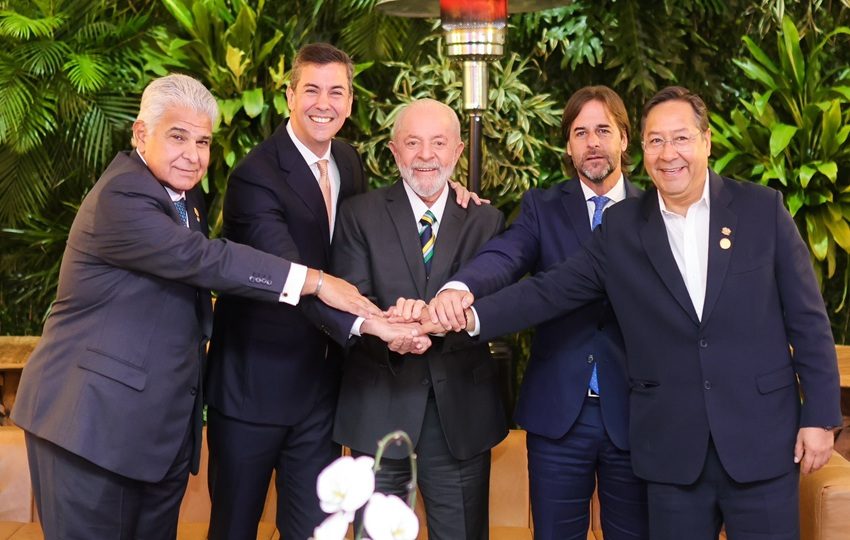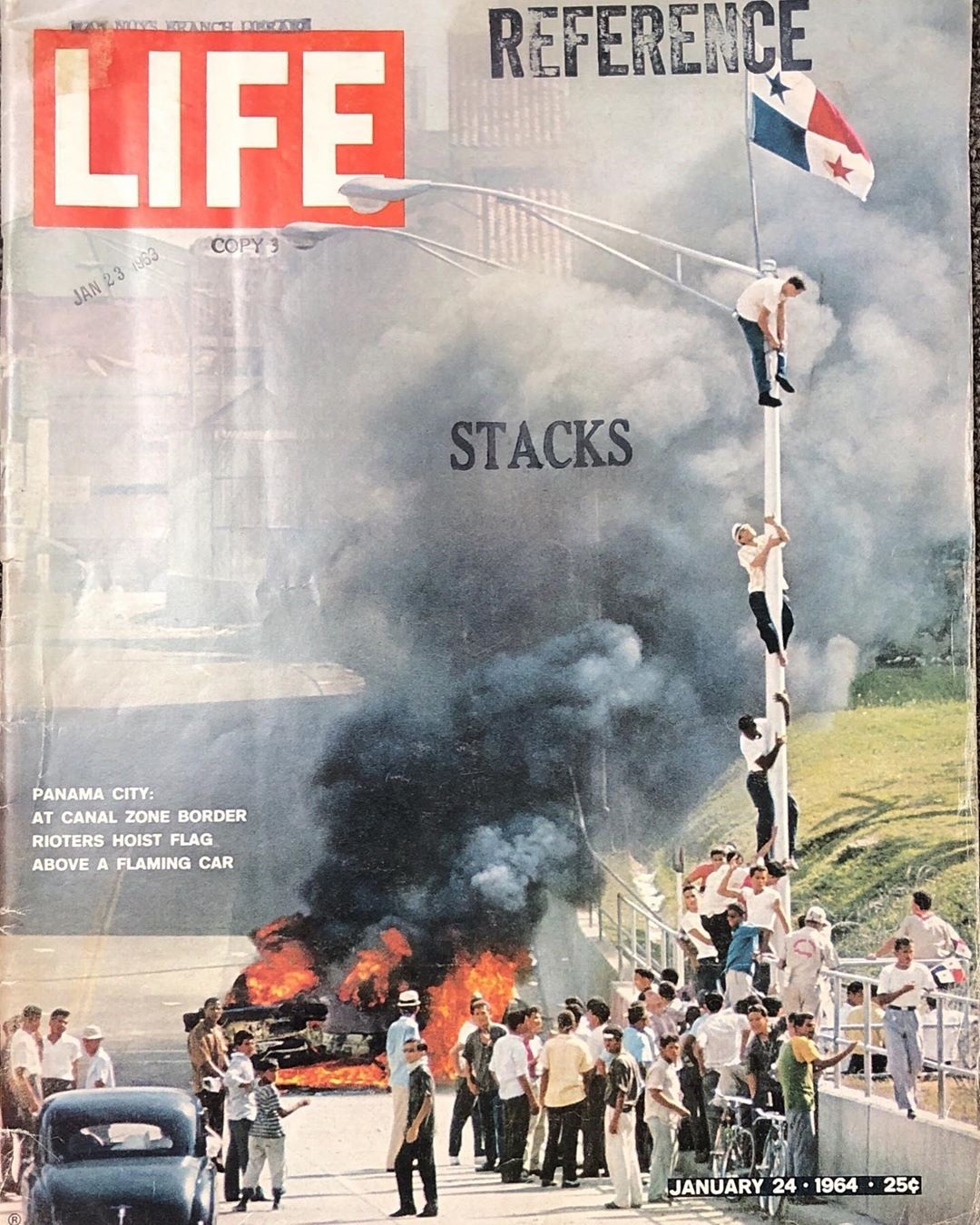Moving Martyrs Day gets hostile reception

Citizens opposed to the moving of Martyrs’ Day from January 9 to January 7 to create a long weekend, met in Panama to voice their objections.

For Alfonso Gonzalez, who lost a leg during clashes between students of the National Institute and American troops on January 9, 1964, the move was "disgusting and offensive" to the martyrs to have moved the date.
"It should commemorate the day in which the events occurred," said Gonzalez, as it is the only way for people to remember that fateful day.
At a press conference organized by the Citizens' Movement for the Rescue of National Identity other speakers expressed dissatisfaction with the "bridge" day.
According to Ana Elena Porras, founder of the movement, Panamanian youth "do not understand" the meaning of the date because for them " it is just a day off for recreation" and added that actions like changing the day is "forgetting" history.
For Ivan Vasquez, representative of Ancon, the main thing is the "consciousness" that Panama is first and that this day should be celebrated on January 9.
Panama’s mayor Roxana Mendez announced that she will present a motion to the Municipal Council of Panama to create a special commission to organize the 50th anniversary of the January 9, event including visits to schools and the struggle for the restoration of the school subject "Relations between Panama and the United States."
Other political leaders who joined the voices protest were MitchellDoens, of the Democratic Revolutionary Party (PRD), and the leader of Molirena, Olimpo Sáez.
"We cannot turn our backs to the martyrs of the January 9," Saez said on TVN..
Doens, told La Prensa. That is is important that young people understand that that day "change the course of Panamanian history."
Martyrs Day is the commemoration of events that began on January 9 1964 when over 20 Panamanians students were killed and more injured by Canal Zone Police and US military following riots sparked by the refusal of Canal zone students to allow the hoisting of the Panamanian flag alongside the Stars and Stripes. The death of a six year Panamanian was put down to tear gas fired by the military. Four American servicemen including one who fell down a ravine also died.
The move to enforce the rule agreed to by both countries was led by students from the National Institute, What began as a scuffle between students of Balboa High in the Canal Zone and the National Institeute ,led to the Panmanian flag being torn, and gunfire leading to the death of the first martyr who was helping to carry an injured student to safety. Riots spread across the isthmus. It was a turning point for Panama, leading to negotiations tha tended US sovereignty in perpetuity over the canal.
At the end of last week the American embassy issued an advisory to US citizens to take care on Martyrs’ Day





